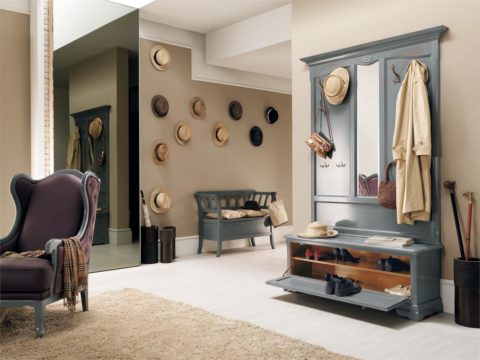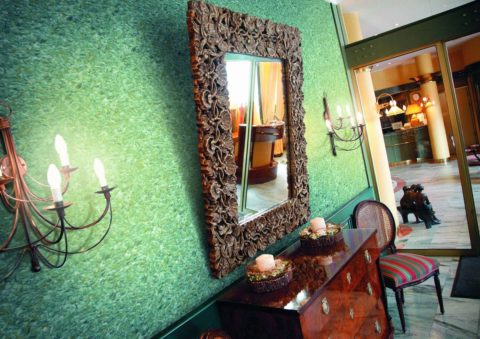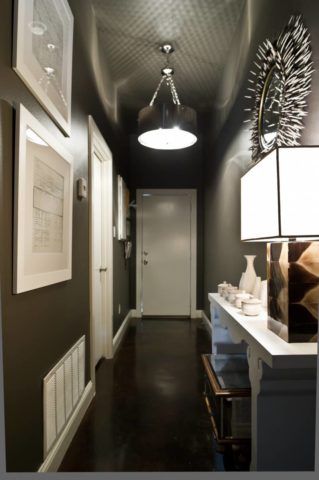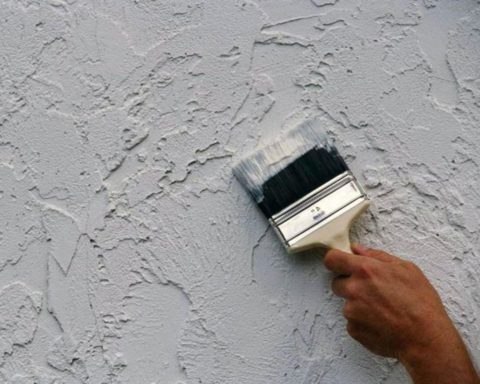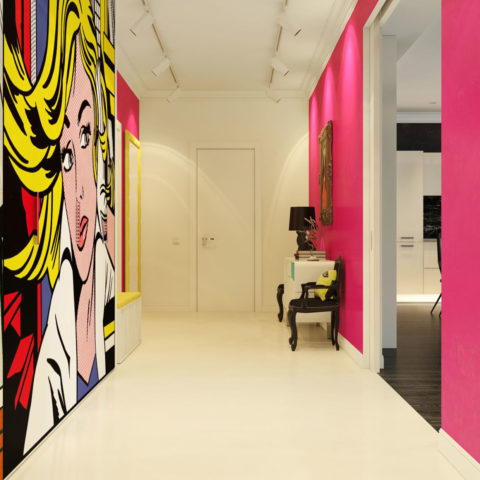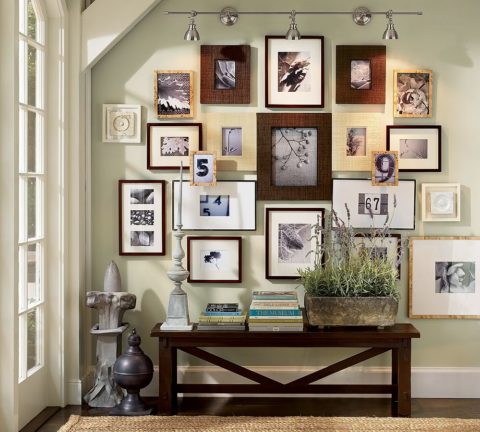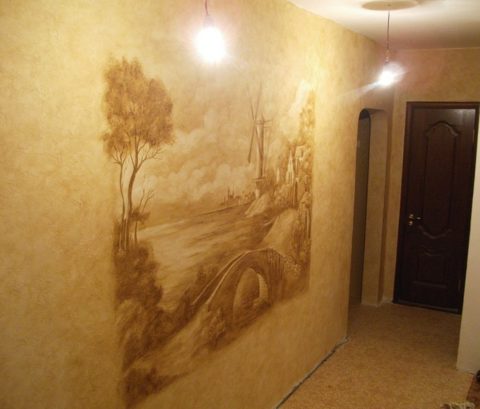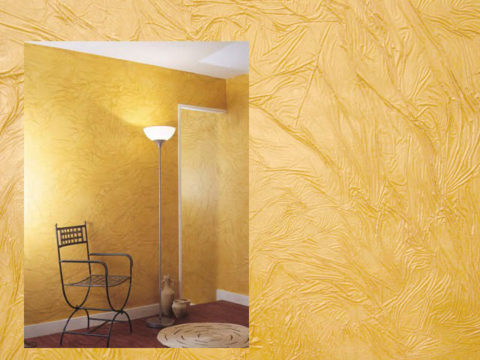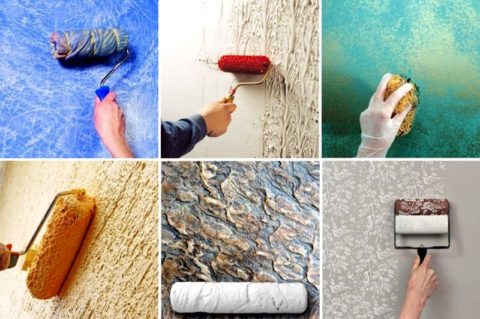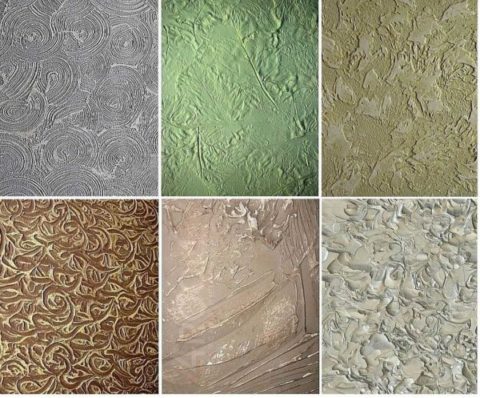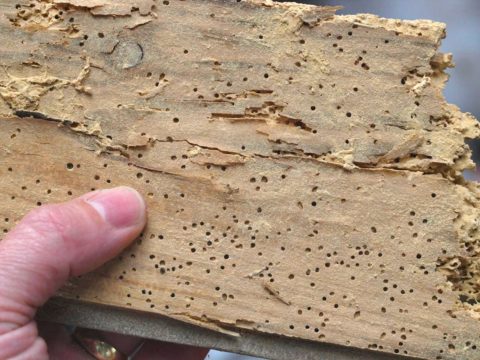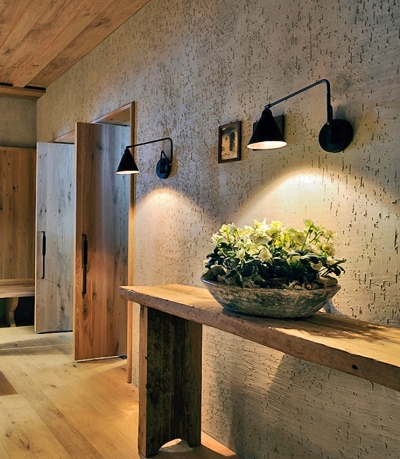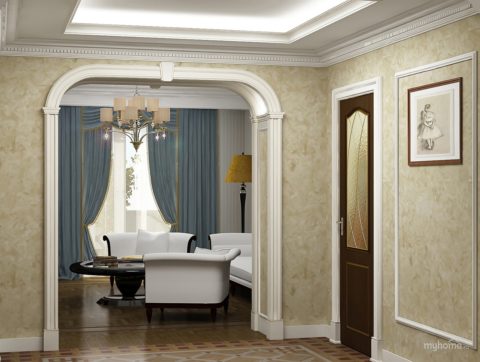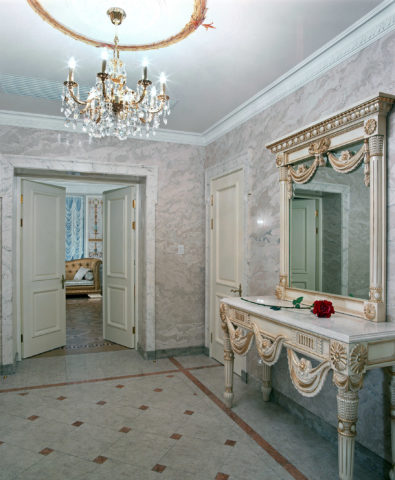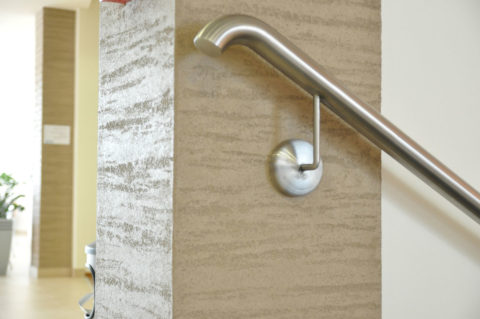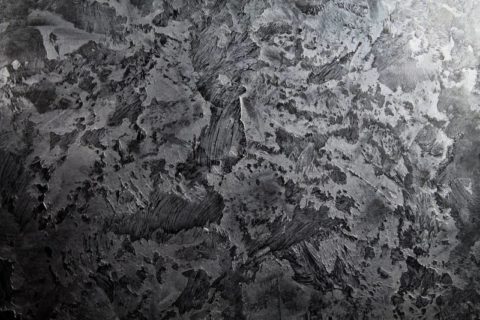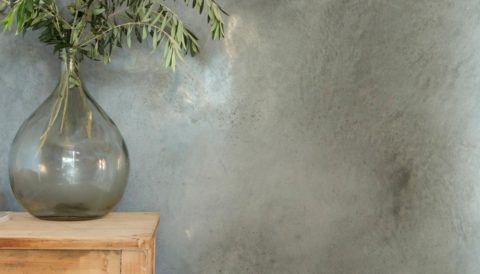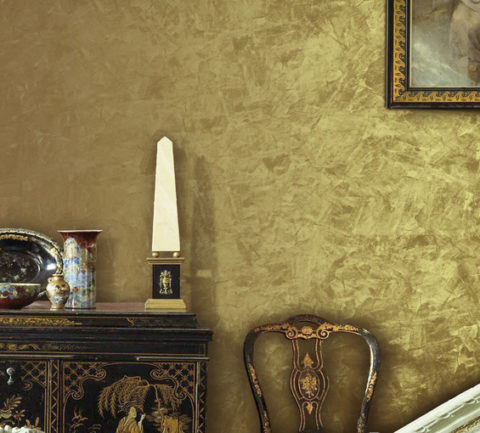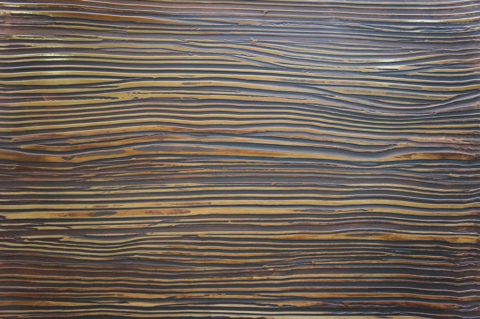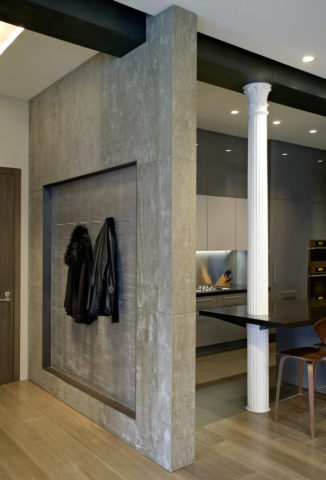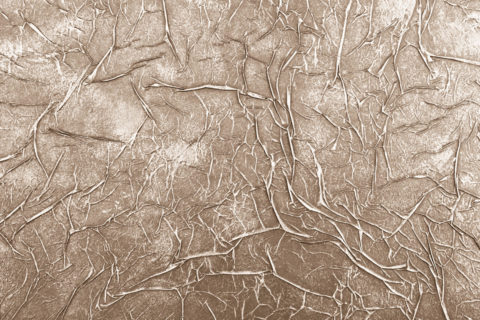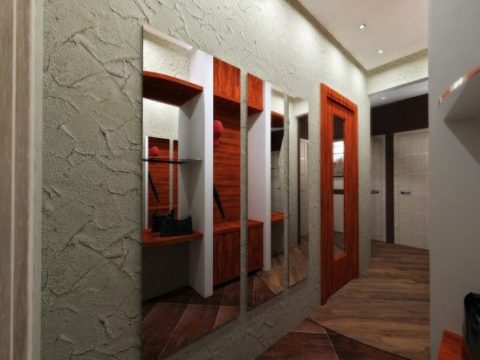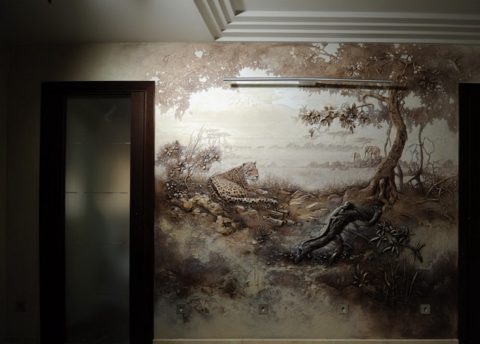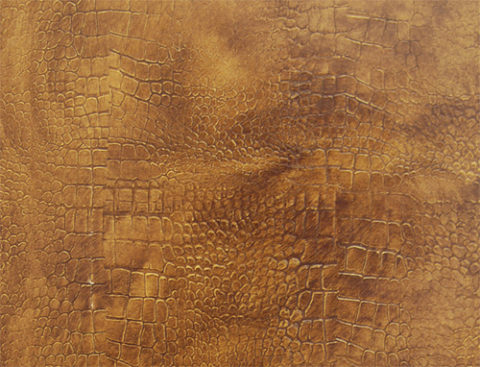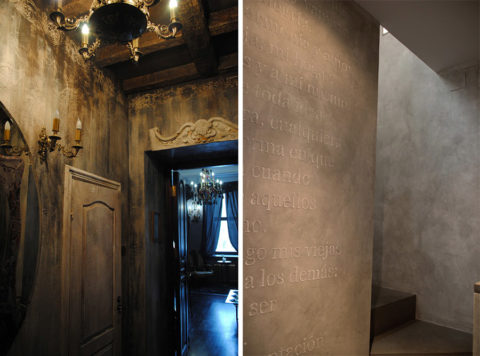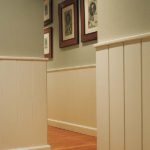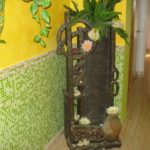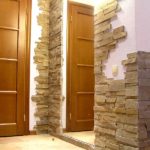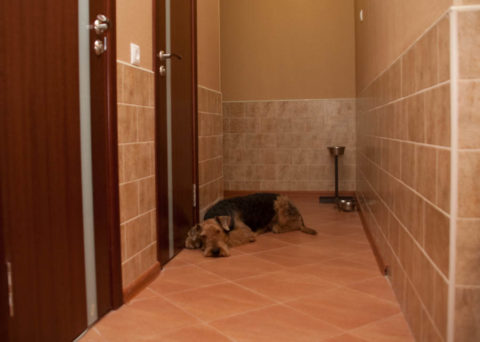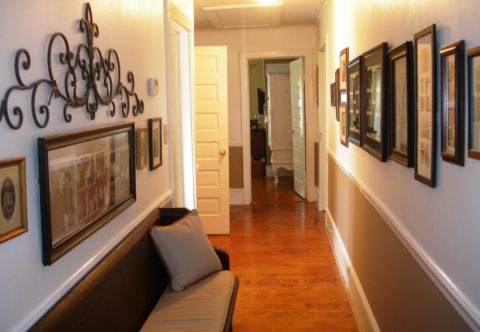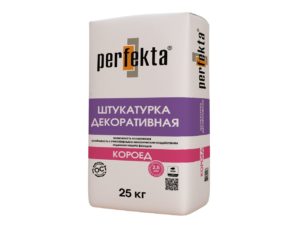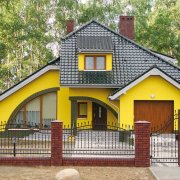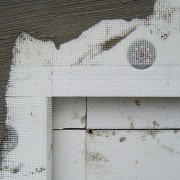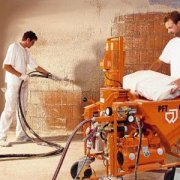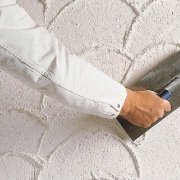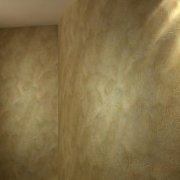Decorative plaster in the hallway - features and selection rules
Plaster is one of the traditional types of finishing materials for walls and ceilings. Modern decorative mixtures are able to surprise, creating unique textures, and it is better to be surprised from the threshold. Decorative plaster in the hallway is able to set the necessary mood when entering the apartment and leave a positive impression after leaving.
The content of the article
Basic material requirements
The entrance hall is a kind of conductor between the street space and the residential one, therefore the materials used for wall decoration must have certain qualities.
Necessary material properties:
- Be strong;
- Possess high wear resistance;
- Must withstand mechanical stress;
- For use in residential premises, the material must be environmentally friendly to humans and hygienic, mold and fungus should not form on its surface;
- To be fireproof, since they are located directly near the only exit from the premises, which is also an evacuation;
- The material must be maintainable, since there is always a high probability of damage, for example, when large furniture is brought into the house;
- He should not be afraid of moisture and frequent washing;
- Together with all of the above qualities, the material of the walls in the hallway should have a nice aesthetic appearance.
All these qualities have decorative plaster for the hallway.
The cost of work, when doing it yourself, is zero. The price of the material itself is quite acceptable, and if you apply the technique of applying plaster and manifestation of imagination, you can create a true masterpiece even in a small and seemingly dark hallway.
On the practical side, plaster is the material that can be applied to any surface. If you choose a textured plaster, it is able to hide some of the defects and irregularities of the wall.
Decorative plaster itself has various effects, thanks to various fillers in its composition, but also subject to additional decoration. It can be painted in the most stunning colors.
In this case, it is necessary to use a minimum of accessories so as not to “clog” the space - the main focus will be the surface of the walls. To create a visually smooth wall texture, choose a stucco with aggregate made of fine sand.
Diametrically opposite technique, when the walls remain neutral, and act as a backdrop for decorative elements.
In addition, there are many decorative techniques using overhead parts, panels or drawing patterns using stencils.
But more often, decorative plaster is so expressive that additional decoration is not required.
Types of decorative plaster for the hallway
Decorative plaster mixes can create many effects and unique textures, but they are classified, depending on the type of internal filler, the method of application and the resulting effect, in only three groups.
Types of decorative plasters:
- Structural plaster;
- Textured plaster;
- Venetian plaster.
Structural plaster
An intricate relief surface is obtained due to the fact that the composition of the structural plaster includes fillers of different fractions, so the mixture can not be called homogeneous. The necessary pattern on the wall surface can be obtained by applying the composition with certain movements.
Usually structural plasters They are used for exterior finishing works, especially with compositions with coarse-grained mineral fillers. However, in the interiors of the halls, structural plaster with fine filler looks good, which creates the effect of “bark beetle”. Where this name comes from can be understood by comparing the resulting pattern and a piece of wood material eaten by a bark beetle.
Important! The effect may be different depending on the direction in which the composition is applied. If there is a goal to visually expand the space of the hallway, then the material must be applied in a horizontal direction. If necessary, add height to the room - you need to work in a vertical direction.
Venetian plaster
This is a classic, it is centuries-old traditions and the inviolability of the created look. Venetian plaster looks equally worthy in spacious halls and in small hallways. Drawing is almost impossible to distinguish from natural marble or other natural stone.
The surface is matte or glossy. The latter option is most relevant for hallways, since glossy surfaces visually make the room lighter and more spacious.
Venetian plaster is a thin-layer material of repeated application. The more layers applied to each other, the more elegant the resulting picture.
Important! Before applying the next coat, the previous one should dry completely.
The illusions of the depth inherent in natural stones can be achieved thanks to the additives of marble or onyx dust existing in the composition. A glossy surface is obtained by using wax to finish the walls at the finishing stage.
Important! Repair of the hall with decorative plaster according to the Venetian technology should be trusted only to professionals.
Depending on which drawing of which natural stone plaster imitates, it is classified into the following types:
- Venetian Veneto plaster (Veneto) imitates the surface of a polished marble slab and has an affordable cost;
- Venetian Trevignano plaster (Trevignano) pattern resembles a natural travertine stone. The surface is flashing and bright. A great solution for vintage and classic hallways;
- Venetian Marbella plaster (Marbella) resembles the texture of raw marble;
- Venetian plaster "Encausto" (Encausto) creates an imitation of natural granite. Such walls look harmonious only in spaces of a large area - vestibules, spacious halls. If you correctly organize the lighting of the hallway, the "granite" walls will emit a soft glow when light hits them;
- Venetian plaster "Imperial" (Imperiale) due to the presence of reflective particles in its composition, allow you to create pompous royal interiors.
Textured plaster
This type of decorative plaster may present the most unexpected decorative effects. When using different application techniques and tools - rollers, dies, applicators, you can create unique textures and patterns.
The created decorative layer can resemble a wide variety of natural and artificial materials - concrete (see.Stucco for concrete: decorative wall decoration), leather, wood, stone or sand.
Some effects can be considered in more detail:
- Art concrete is an essential attribute of loft and hi-tech styles. Such decorative plaster helps to create the illusion of a clean concrete wall of any texture and shade;
- Embossed paper texture resembles crumpled paper sheets glued to the surface of a wall or, as if, a wall is one continuous crumpled sheet;
Important! When illuminating walls with a similar relief, it is necessary that the light beam falls at an angle, then the relief of the walls will be favorably emphasized.
- Embossed decorative plaster - These are real works of art, carved or fashioned from decorative plastic material;
- The effect of imitating reptile skin relevant for African styles, similar in their design to the nature and animals of Africa;
- Aged wall texture and the surrounding furniture in the interior of the hallway, will create a retro or grunge style.
Techniques for combining decorative plaster
One of the features of decorative plaster is that it can be successfully combined with many other finishing materials. This is especially true for hall rooms, since it is there that the lower part of the walls is preferably decorated with more durable material or even a floor covering is placed on the wall.
- The combination of decorative plaster and patch panels
- Mosaic at the bottom of the wall
- The combination of decorative plaster and stone
Durable material at the bottom of the walls, protects the coating from the claws of pets.
Using the technique of dividing the wall surface into a dark color from below, and light from above, you can visually adjust the height of the room. Important on the perception of the area of the hallway, has the competent placement of lighting devices.
Surface preparation
The quality of the decorative plaster layer depends not only on compliance with the technology of applying the material, but also on the preparation of the base.
It is as follows:
- The old finish is removed from the wall surface;
- The wall is cleaned of dirt and primed twice;
- In the presence of significant defects, the wall is plastered and leveled;
- If you plan to apply textured or embossed plaster, then minor wall defects can not be puttied.
Decorative plaster is usually sold in finished form, or in the form of dry mixes.
Instructions for the preparation and conditions of use of the composition are placed by the manufacturer on the surface of the package.
The video in this article will talk about the ways in which decorative plaster can be applied in the hallway.
